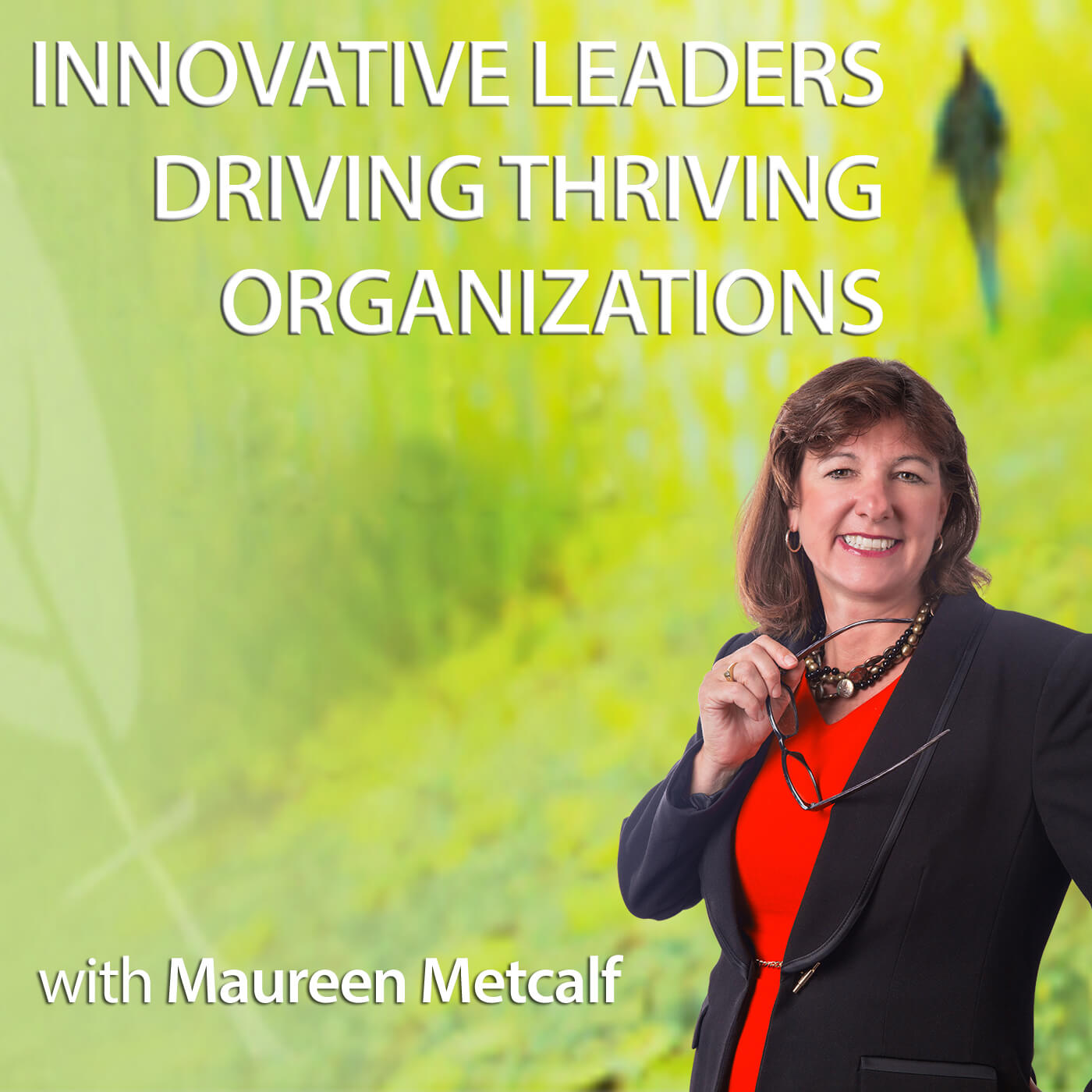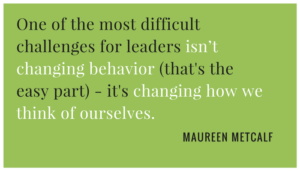This post was originally posted on Forbes.com in September 2016. During the industrial revolution, leaders managed effectively using command and control and leveraging best practices to solve problems that were common across multiple industries.
Now, however, the most effective leaders work more like scientists. They scan best practices, but also create competitive advantage by creating new and innovative solutions in the face of chaos.
Take Bill, a recent client who runs a mortgage firm in the U.K. June’s vote to exit the EU has thrown the British economy into uncertainty. Rates are dropping and the forecast is uncertain. Bill doesn’t know which direction the market will go, how fast, and what actions will be most effective. He looked to thought leaders before the vote and learned that a true Brexit was unlikely. Well, it happened, and now he needs to move forward and make the best of the uncertainty. The change might even be good for him if he makes the right calls.
Many leaders, like Bill, are facing unprecedented challenges. In the past, they could look to best practices and study what others in their industry were doing. Now, in many situations, leaders need to respond immediately, but there is little time to study and no prior model with the same level of complexity that provides a low-risk solution. As leaders, we weren’t trained for this. We were trained to set a vision, build a plan, and work the plan.
With the advent of such changes, companies are responding with strategies like “cross-functional” teams, “early delivery,” and “continuous improvement.” Terms such as “fail fast” — which tell us we need to experiment and learn faster than our competition — have become popular. Learning fast differentiates us from our competitors who are still looking for the best practices. In reality, we are the ones creating the next round of best practices.
But many of us are still stuck between the old ways and new ways of leadership. We haven’t fully embraced what it means to be a leader today and now. First and foremost, we need to rethink our role. We need to change our mindset and behavior from directing to experimenting while realizing that as leaders in complex times, we are creating new solutions rather than drawing from the past. In many situations, history will determine what was right, but if we expect to know it before we take action, we will be paralyzed.
So, what do we do?
One of the most difficult challenges for leaders isn’t changing behavior (that’s the easy part) — it’s changing how we think of ourselves. It is easy to say, “I will act like a scientist,” but when someone comes in with a challenge and the leader has no idea how to proceed, this is a moment of truth. The leader without an answer will likely feel embarrassed and frustrated. The scientist, on the other hand, might actually be excited about the challenge.
As we begin to change our mindset, we begin to approach our leadership as a scientist. Here’s how to get started:
1. Get the best people together for specific opportunities. The members will be dictated by the challenge. It is critical to have people with differing points of view. The people who disagree are often the most important to help identify blind spots and unanticipated challenges. The size of the group and the duration of discussions and evaluation will depend on the time required to respond. The participants should be from multiple geographies, functional departments and organizations.
2. Formulate a hypothesis. The group pulls together all of the perspectives and crafts a clear hypothesis of how to proceed to generate the best overall outcome given the resources, goals and constraints.
3. Formulate experiments. Using the hypothesis as the foundation, it is time to craft experiments that test the hypothesis. Experiments should be designed to prove or disprove the initial hypothesis and give enough information to support taking informed action going forward. The goal is to position the organization to take timely action, minimize risk, and maximize positive impact and learning and scale intelligently based on learning.
4. Conduct the experiment. Once the experiment is crafted, it is time to execute. This usually looks like implementing a well-defined pilot with clearly articulated metrics designed to prove or disprove the initial hypothesis. This is also the opportunity to identify barriers to proper execution.
5. Evaluate, learn and refine. One of the keys to experimentation is to learn as much as possible from each experiment to build success. This is where you will harvest your learnings form the measures as well as barriers or challenges that arose.
I work with a client who formerly worked as a physicist for NASA and now runs an organization heavily impacted by technology change. The culture of his organization is one of experimentation because it is natural to him. When I walk into his office, I see remnants of physical experiments, like a part of a drone, and the tone of the entire organization is open and excited. The physical space is one of the worst I have seen, so it isn’t the architecture but rather the tone of the leader. The leader’s mindset permeates the culture and the organizational systems. People are rewarded for launching new programs and eliminating those that are less effective.
Moving toward this mindset of experimentation allows us to master transformation and build the capacity for ongoing “renovation” of our organization. If this ability to respond quickly becomes a core competency of the organization, because of the mindset of the leader and the resulting culture, organizations are positioned to thrive. For leaders who take on the mindset of the scientist, experimentation becomes fun, they drive interesting innovation, and they inspire others to do the same
To become a more innovative leader, please consider our online leader development program. For additional tools, we recommend taking leadership assessments, using the Innovative Leadership Fieldbook and Innovative Leaders Guide to Transforming Organizations, and adding coaching to our online innovative leadership program. We also offer several workshops to help you build these skills.
About the author Maureen Metcalf, CEO and Founder of Metcalf & Associates, is a renowned executive advisor, author, speaker, and coach whose 30 years of business experience provides high-impact, practical solutions that support her clients’ leadership development and organizational transformations. Maureen is recognized as an innovative, principled thought leader who combines intellectual rigor and discipline with an ability to translate theory into practice. Her operational skills are coupled with a strategic ability to analyze, develop, and implement successful strategies for profitability, growth, and sustainability.







